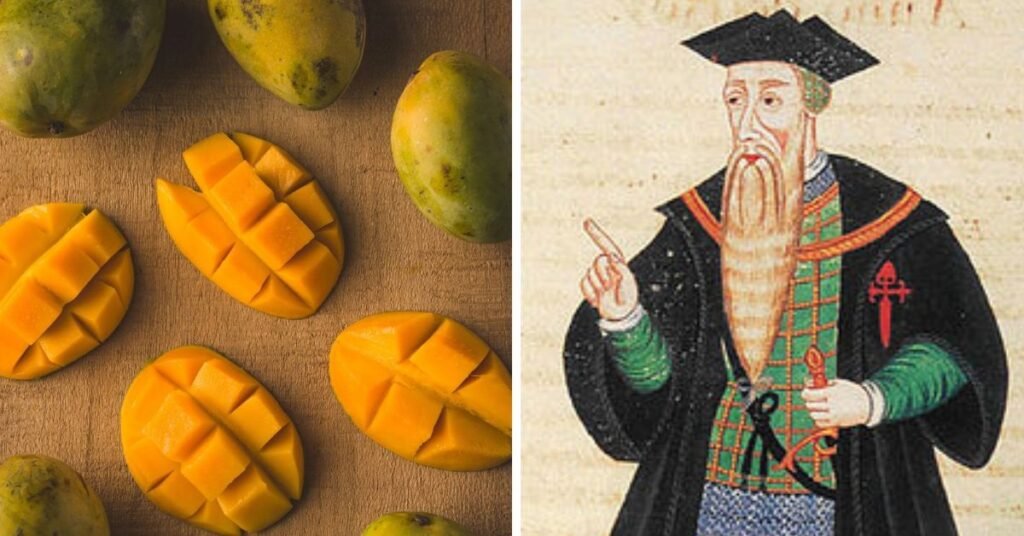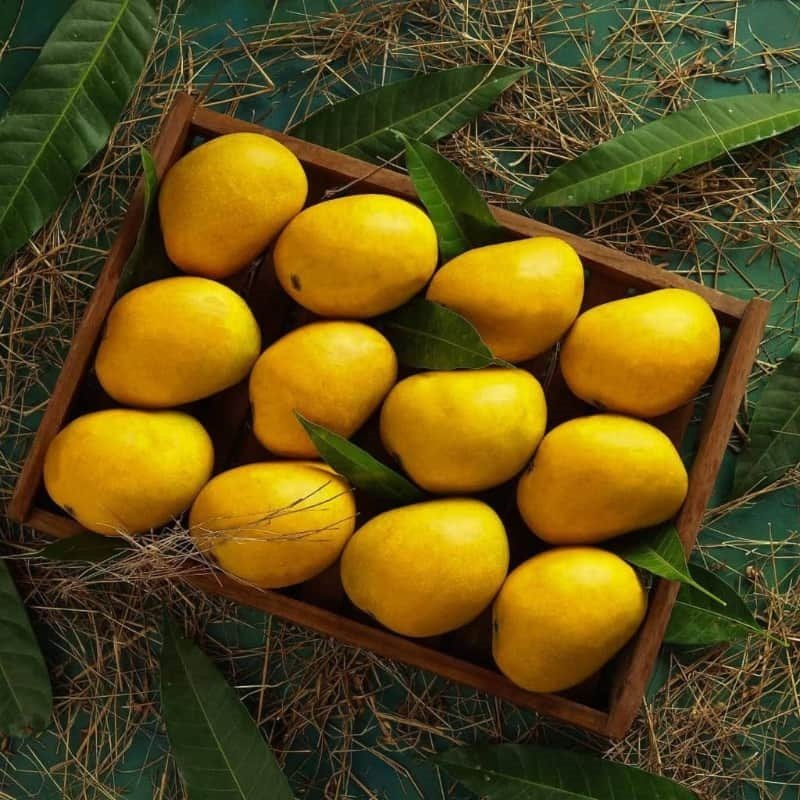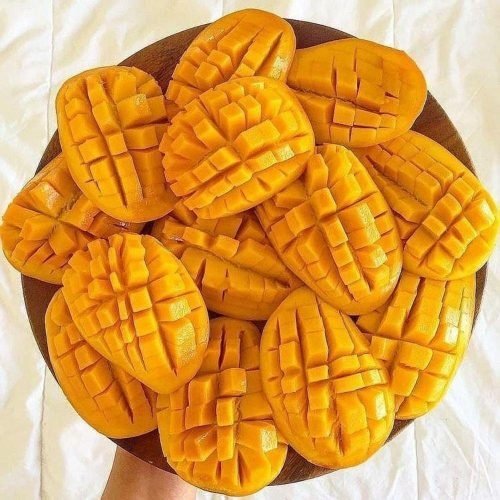
Every summer, mango lovers across India eagerly await the arrival of Alphonsos. Their rich, buttery sweetness is more than just a seasonal delight—it carries a fascinating history that spans centuries, continents, and even royal dining tables. What makes Alphonso so special? The answer lies in an unexpected twist from 400 years ago.
A Taste That Signals Summer
The first sign of summer isn’t just the rising heat—it’s the scent of mangoes ripening in kitchens, their sweet fragrance filling the air. As children, we would hover around straw-filled baskets, gently pressing each golden fruit, hoping to find one perfectly soft and ready to eat. The wait felt endless, but the first bite made it all worthwhile—juicy, buttery, and bursting with sunshine.

Every family had its favorites—Langda, Dussehri, Kesar—but one mango stood above the rest: the Alphonso. Silky smooth and impossibly fragrant, it was a fruit meant for special moments. But here’s something surprising: this beloved mango, now the crown jewel of Indian summers, was first introduced by the Portuguese over 400 years ago, leaving behind a legacy as rich as its taste.
A Mango Fit for a King
Not all mangoes were suited for careful slicing. Many were fibrous, their pulp best enjoyed the messy way—juice trickling down chins, hands sticky with sweetness. While this was part of the charm for many Indians, the Portuguese, who ruled Goa in the 16th century, were accustomed to neatly cut fruit at their dining tables. They wanted a mango that was smooth, easy to slice, and elegant to serve.
Enter Afonso de Albuquerque, a Portuguese general and viceroy. His men introduced the technique of grafting—a method of combining the best traits of different mango trees. Over time, they cultivated a mango that was not only sweeter and silkier but also easier to cut. In honor of Afonso, they named this prized fruit ‘Alphonso’—and the rest, as they say, is history.
Call It What You Will, It’s Still the King
No matter where you go in India, the love for Alphonso mangoes stays the same, even if the name changes. In Maharashtra, it’s fondly called Hapus, a name that instantly brings back childhood memories of sticky fingers and summer afternoons. In Gujarat, it’s known as Hafus, while in Karnataka and parts of Goa, people call it Aphoos.

But whatever the name, one thing never changes—its rich, buttery texture, irresistible aroma, and melt-in-your-mouth sweetness. The Alphonso isn’t just a mango; it’s a taste of summer itself.
Why Ratnagiri and Devgad Alphonsos Taste So Good
The best Alphonsos don’t grow just anywhere. They come from Ratnagiri, Devgad, Sindhudurg, and a few other places in Maharashtra’s Konkan region. If you’ve ever tasted an authentic Ratnagiri Alphonso, you’ll know what makes it special—the unique red soil, the salty sea breeze, and just the right amount of sunshine. This combination gives Alphonso mangoes their signature saffron-yellow color and rich, creamy sweetness.
For generations, Konkan farmers have carefully nurtured these mango trees. Even today, Alphonsos from Ratnagiri and Devgad sell out within hours, with people paying premium prices for an original GI-tagged Alphonso (yes, there are fakes out there!).
A Mango That Crossed Oceans
The Alphonso didn’t just win hearts in India—it became a global star. For years, Indians living in the US and Europe longed for its taste. In fact, the US banned Indian mango imports in 1989 over pest concerns. But in 2007, after much negotiation, the ban was lifted, and soon, Alphonsos were flying across the world again!
Today, Alphonso mangoes are exported to Dubai, the UK, Singapore, and even Japan. But for many of us, nothing beats the joy of eating one straight from a market in Mumbai or Goa, with juice dripping down our fingers.
More Than Just a Mango—A Tradition
In many Indian families, Alphonso season is a festival of its own. Grandparents tell stories of how they’d wait all year for that first box of mangoes. Families argue over the best way to eat them—some swear by aamras and puris, while others love thin slices with chilled milk.
And let’s not forget the fierce debates over which city has the best Alphonsos! Ratnagiri lovers and Devgad loyalists have their own opinions, much like cricket fans arguing over Virat Kohli vs. Rohit Sharma.
In 2018, Alphonso mangoes from Ratnagiri and surrounding regions were given a Geographical Indication (GI) tag, meaning that only mangoes grown here can officially be called ‘Alphonso.’ This helps protect farmers from counterfeit sellers and ensures that the real Alphonso continues to shine.
The Legacy Lives On
Today, Alphonso mangoes remain one of India’s most prized exports, but for many, their true value isn’t in international markets—it’s in the simple joys of summer. The first whiff of mangoes in the air, the laughter of family around a table, and the burst of sweetness with every bite remind us why Alphonso will always be the king of fruits.

So, the next time you savor a slice of this golden delight, remember—it’s not just a mango; it’s a piece of history, a tradition, and a taste of home.

